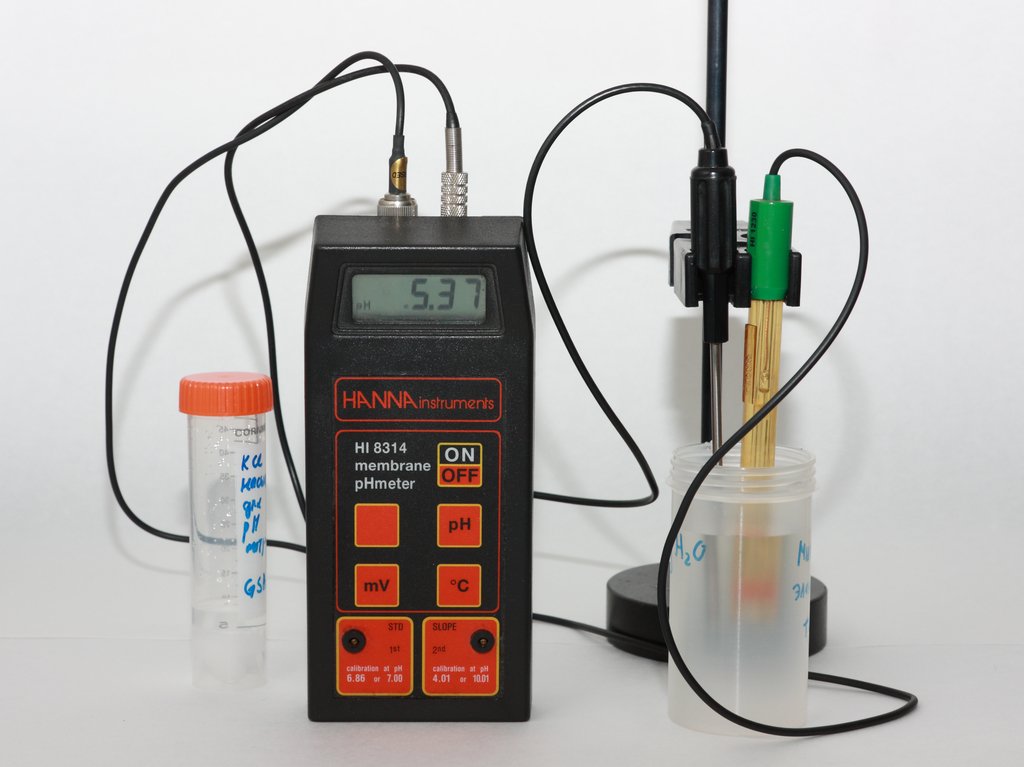Sorensen’s pH Scale and pH Determination
In the realm of physical pharmaceutics, understanding the pH of solutions is crucial for the formulation, stability, and efficacy of pharmaceutical products. The pH scale, introduced by the Danish biochemist Søren Peter Lauritz Sorensen in 1909, has become an indispensable tool in both scientific research and industrial applications. This article delves into the intricacies of Sorensen’s pH scale, the methods of pH determination, and their significance in the field of physical pharmaceutics.
What is pH?
The term “pH” stands for “potential of hydrogen” and is a measure of the hydrogen ion concentration in a solution. The pH scale ranges from 0 to 14, with 7 being neutral. Values below 7 indicate acidity, while values above 7 indicate alkalinity. The pH of a solution is calculated using the formula:
pH=−log[H+]
where [H+] represents the concentration of hydrogen ions in moles per liter.
Sorensen’s Contribution to pH Measurement
Sorensen’s introduction of the pH scale provided a simple yet powerful way to quantify the acidity or alkalinity of a solution. His work laid the foundation for modern pH measurement techniques, which are essential in various scientific disciplines, including chemistry, biology, environmental science, and, notably, pharmaceutics.
Importance of pH
In physical pharmaceutics, the pH of a solution can significantly impact the solubility, stability, and bioavailability of drugs. For instance, certain drugs are more stable at specific pH levels, and their solubility can vary dramatically with changes in pH. Understanding and controlling the pH of pharmaceutical formulations is therefore critical to ensuring their effectiveness and safety.
Methods of pH Determination
There are several methods for determining the pH of a solution, each with its own advantages and limitations. The two primary methods are electrometric and calorimetric.
Electrometric Method
The electrometric method involves the use of a pH meter, which measures the voltage difference between a reference electrode and a pH-sensitive electrode immersed in the solution. This voltage difference is then converted into a pH value. The electrometric method is highly accurate and widely used in both laboratory and industrial settings.

Calorimetric Method
The calorimetric method, also known as the indicator method, involves the use of pH indicators—substances that change color depending on the pH of the solution. By comparing the color of the solution to a standard color chart, the pH can be estimated. While less precise than the electrometric method, the calorimetric method is simple and cost-effective, making it suitable for quick and approximate pH measurements.
Applications of pH in Pharmaceutical Formulations
Enhancing Stability
The stability of many pharmaceutical compounds is pH-dependent. For example, certain antibiotics and vitamins degrade rapidly at low pH levels. By adjusting the pH of the formulation, the stability and shelf life of these drugs can be significantly improved.
Increasing Solubility
The solubility of drugs can also be influenced by pH. Weak acids and bases, in particular, exhibit pH-dependent solubility. By optimizing the pH of the formulation, the solubility and, consequently, the bioavailability of the drug can be enhanced.
Maximizing Biological Activity
The biological activity of drugs is often pH-sensitive. Enzymes, for instance, have optimal pH ranges within which they function most effectively. Ensuring that the pH of the formulation is within this optimal range is crucial for maximizing the therapeutic efficacy of enzyme-based drugs.
Improving Patient Comfort
The pH of topical and injectable formulations can affect patient comfort. Formulations with pH levels that are too high or too low can cause irritation or discomfort. By adjusting the pH to match the natural pH of the skin or blood, patient comfort can be improved.
Challenges in pH Measurement
Despite the importance of pH measurement, there are several challenges associated with it. These include:
Temperature Dependence: The pH of a solution can change with temperature. Accurate pH measurement therefore requires temperature compensation to account for these variations.
Ionic Strength Dependence: The presence of other ions in the solution can affect the activity of hydrogen ions, leading to inaccuracies in pH measurement. This is particularly relevant in complex pharmaceutical formulations containing multiple ionic species.
Non-Aqueous Solutions: The pH scale is primarily applicable to aqueous solutions. Measuring the acidity or alkalinity of non-aqueous solutions often requires different methods and considerations.
Conclusion
Sorensen’s pH scale and the methods of pH determination are fundamental tools in the field of physical pharmaceutics. By understanding and controlling the pH of pharmaceutical formulations, scientists and manufacturers can enhance the stability, solubility, and efficacy of drugs, ultimately improving patient outcomes. Despite the challenges associated with pH measurement, ongoing advancements in technology and methodology continue to refine our ability to accurately measure and manipulate pH in pharmaceutical applications.
To practice mcq on this article, click here.
For more regular updates you can visit our social media accounts,
Instagram: Follow us
Facebook: Follow us
WhatsApp: Join us
Telegram: Join us

1 thought on “Sorensen’s pH Scale and pH Determination”